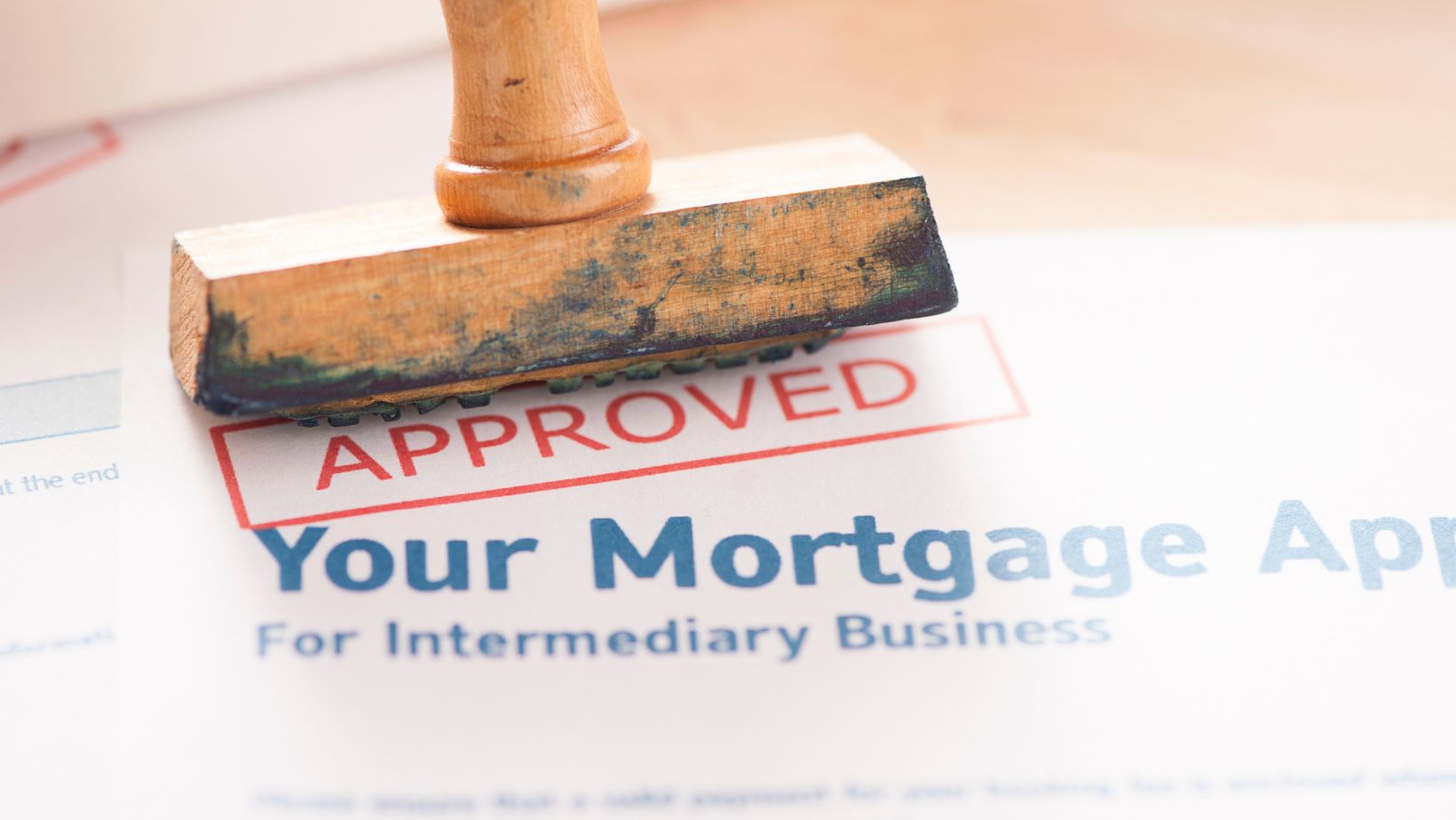
Key Takeaways
-
- Home insurance is typically not included in mortgage payments; homeowners usually pay it separately or through an escrow account.
-
- Home insurance protects against financial loss due to disasters and varies in policy types, such as HO-1, HO-3, and HO-5, each offering different levels of coverage.
-
- Lenders generally require borrowers to maintain home insurance as part of the mortgage agreement to safeguard their investment in the property.
-
- Monthly mortgage payments may include insurance premiums when managed through an escrow account, impacting overall housing costs significantly.
-
- Homeownership incurs additional costs beyond mortgage payments, including property taxes, homeowners association fees, maintenance, and potentially private mortgage insurance (PMI).
-
- Understanding the relationship between mortgages and home insurance is crucial for effective financial planning and budgeting for potential homeowners.
When buying a home, understanding the financial responsibilities can be overwhelming. One common question that arises is whether home insurance is included in the mortgage payment. This is crucial for new homeowners who want to ensure they’re fully prepared for the costs associated with homeownership.
Home insurance protects against potential losses from disasters or damages, but it typically isn’t bundled into the mortgage itself. Instead, homeowners often pay for insurance separately or through an escrow account. Knowing the ins and outs of this relationship can help homeowners budget effectively and avoid surprises down the road. Exploring how home insurance fits into the mortgage equation is essential for making informed decisions in the home-buying process.
Understanding Home Insurance
Home insurance protects homeowners from financial loss due to disasters or damages. It covers various perils and provides peace of mind for property owners.
Definition of Home Insurance
Home insurance, also known as homeowner’s insurance, offers financial protection against risks, such as fire, theft, and natural disasters. It typically includes coverage for the dwelling, personal belongings, liability, and additional living expenses incurred during displacement. Homeowners pay premiums to maintain this coverage, safeguarding their investment in the property.
Types of Home Insurance Policies
-
- HO-1 Policy: Basic form coverage, offering limited protection for specific perils like fire or vandalism.
-
- HO-2 Policy: Broad form coverage that includes additional perils compared to HO-1, extending protection to personal property.
-
- HO-3 Policy: Most common type, providing comprehensive coverage for the dwelling with certain exclusions for personal property.
-
- HO-4 Policy: Tenant’s insurance, protecting renters’ personal belongings and liability but not the dwelling itself.
-
- HO-5 Policy: Comprehensive policy for high-value homes, offering extensive coverage for both structure and personal property.
-
- HO-6 Policy: Coverage for condominium owners, protecting personal belongings and renovations while covering liability.
-
- HO-7 Policy: Designed for mobile homes, this policy addresses the unique risks faced by mobile homeowners.
Understanding these types helps homeowners select the most suitable policy for their needs and financial situation.
The Role of Mortgage in Home Buying
A mortgage serves as a critical financial tool in home buying, providing homeowners the ability to purchase property without paying the full amount upfront. Understanding the components of a mortgage is essential for informed decisions in the home-buying process.
 What is a Mortgage?
What is a Mortgage?
A mortgage is a type of loan specifically used to purchase real estate. Borrowers agree to repay the loan amount, plus interest, over a predetermined period, often 15 to 30 years. The property itself serves as collateral, meaning the lender retains the right to reclaim it if the borrower fails to meet the repayment terms. Mortgages generally consist of principal and interest payments, with the principal representing the borrowed amount and interest being the cost of borrowing.
Key Components of a Mortgage
Key components of a mortgage can significantly affect overall costs. These components include:
-
- Principal: The base amount borrowed to purchase the home.
-
- Interest Rate: The percentage charged on the principal; rates can be fixed or adjustable.
-
- Loan Term: The duration of the mortgage, typically 15, 20, or 30 years.
-
- Monthly Payment: The sum paid each month, covering both principal and interest.
-
- Down Payment: The initial sum paid upfront, often a percentage of the home’s price, impacting loan size and terms.
-
- Property Taxes: Taxes levied by local authorities based on property value, usually included in monthly payments via an escrow account.
-
- Homeowners Insurance: Insurance protecting against property damage or loss; generally purchased separately or through escrow.
Understanding these components allows potential homeowners to grasp the full financial implications of their mortgage. It’s crucial to evaluate loan options, interest rates, and down payment requirements for effective budgeting throughout the home-buying journey.
Is Home Insurance Included in Mortgage
Home insurance is not typically included in mortgage payments. Homeowners usually pay for insurance separately or through an escrow account. Understanding the nuances of home insurance in relation to mortgages is essential for effective budgeting.
Overview of Insurance Requirements
Lenders often require borrowers to maintain home insurance as a condition of the mortgage. This requirement safeguards their investment by ensuring coverage against potential damages to the property. Standard policy features usually include coverage for the dwelling, personal belongings, and liability. Homeowners should confirm specific coverage types with their lender to meet requirements.
Common Practices by Lenders
Lenders commonly outline their insurance requirements in the mortgage agreement. Typically, they may advise borrowers to secure policies with specific coverage limits. In some cases, lenders might even set up an escrow account for monthly premium payments, integrating them into the total mortgage payment, ensuring timely coverage. This arrangement allows homeowners to budget easily while satisfying lender expectations.
Costs Associated with Home Insurance and Mortgages
Understanding the costs associated with home insurance and mortgages is essential for effective financial planning. Home insurance premiums can significantly influence monthly mortgage payments, alongside other expenses that homeowners must consider.
How Insurance Premiums Impact Monthly Payments
Insurance premiums directly affect monthly mortgage payments, as they contribute to the overall housing cost. When lenders establish escrow accounts, they often include monthly insurance premiums alongside principal and interest payments. On average, homeowners pay between $800 and $1,500 annually for home insurance, depending on factors such as location, coverage amount, and property characteristics. This translates to approximately $67 to $125 per month added to the mortgage payment. Homeowners should ensure that they account for insurance premiums when budgeting for their monthly mortgage expenses to avoid financial strain.
Additional Costs to Consider
Several additional costs accompany home insurance and mortgages, impacting overall affordability. These costs include:
-
- Property Taxes: Based on property value, property taxes typically range from 0.5% to 2% of a home’s assessed value, contributing significantly to monthly payments.
-
- Homeowners Association Fees: In some communities, HOA fees may apply, ranging from $200 to $500 monthly, depending on community amenities and services provided.
-
- Home Maintenance and Repairs: Budgeting for regular maintenance and emergency repairs is crucial, with estimates suggesting 1% to 3% of a home’s value set aside annually for upkeep.
-
- Private Mortgage Insurance (PMI): If the down payment is less than 20%, PMI may be required, costing between 0.5% and 1% of the loan amount annually, which translates to an additional $200 to $300 per month.
Understanding these additional costs allows homeowners to create a comprehensive budget that reflects current and future financial obligations associated with homeownership.
Navigating The Complexities of Homeownership
Navigating the complexities of homeownership involves understanding the distinction between mortgage payments and home insurance. While home insurance isn’t typically bundled with mortgage payments, it plays a crucial role in protecting one’s investment. Homeowners should be aware of their insurance obligations and how they fit into overall financial planning. By grasping the nuances of both mortgages and insurance, individuals can make informed decisions that secure their homes and financial futures. This knowledge empowers homeowners to budget effectively while ensuring they meet lender requirements and safeguard their property against unforeseen events.
